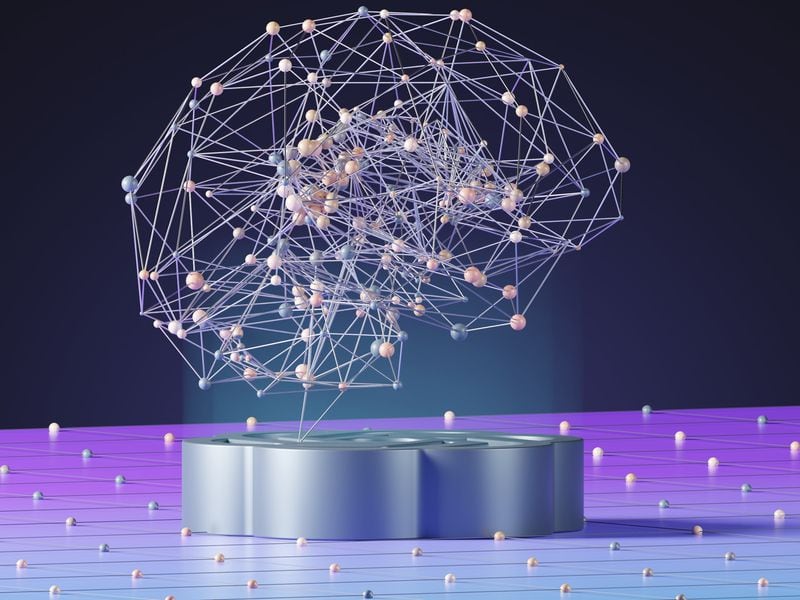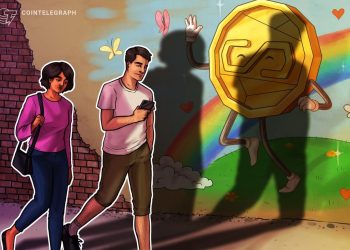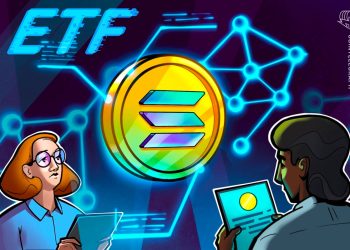Artificial intelligence (AI) is rapidly reshaping the world around us, from powering novel drug discoveries, to enhancing workforce productivity, to personalizing content on a Netflix feed. With the artificial intelligence industry projected to grow around 40% annually and reach a trillion-dollar market by 2030, AI’s influence could reshape industries at possibly an unprecedented scale. Crypto has potentially a critical role in enabling open-source AI to reach its potential and address some of the current shortcomings in AI development.
Despite this potential, the current AI landscape is largely dominated by closed-source systems controlled by a few tech giants. Closed-source AI refers to proprietary models that are owned and operated by a single entity, with underlying code hidden from public view. Users have little insight into how these models are trained or what data influences their outputs, raising concerns about unethical applications and manipulation, such as promoting addictive content for profit or pushing certain products or biases (see the instance of Google’s Gemini and its historical inaccuracies earlier this year).
Moreover, projections show that frontier models will cost over $1 billion to train in the next few years.High capital requirements and network effects associated with AI development create substantial barriers to entry, stifling innovation and competition from smaller players.
Open-source AI offers a way to counter these challenges.In contrast to closed models, open-source AI makes the source code publicly available, allowing anyone to inspect, modify, and improve upon the work for free. This openness helps build trust and accountability, as developers and users alike can evaluate the alignment of these models with their own needs and values. A few months ago, Meta announced its support of open-source AI by releasing Llama 3.1, the first frontier-level open-source AI model, citing its accessibility and adaptability.
Despite its benefits, open-source AI faces its own challenges, particularly around funding and coordination. Because open-source AI models can be freely replicated or adapted, it can be difficult to monetize and sustain development efforts. In Meta’s case, Mark Zuckerberg’s decision to open-source didn’t directly lead to revenue generation. Of course, this isn’t a significant issue for the company given Meta’s other income streams. For others, this poses a major challenge — particularly startups and independent developers who lack similar resources. The lack of financial incentives can hinder ongoing maintenance and improvement of open-source models, leading to fragmented efforts and inefficiencies.
Decentralized AI presents a promising alternative to open and closed-sourced AI by leveraging blockchain technology and crypto-based incentives. In decentralized AI systems, no single entity controls the network; instead, ownership, access, and rewards are distributed among participants. This approach addresses the funding and coordination issues that plague open-source AI by introducing token economies that provide ongoing financial incentives to contributors. For example, decentralized networks like NEAR, Bittensor, Allora, Sentient, and Sahara aim to reward participants with native tokens for their contributions to training and improving AI models, creating a sustainable economic model that could enable developers to fund ongoing development.
DCG, the parent company of where I work, yesterday announced that it’s setting up Yuma, a new company, to develop decentralized AI technology within the Bittensor ecosystem.
Decentralized AI networks like Sahara, Grass, and Masa are experimenting with rewarding users for contributing their personal data. Anytime personal data is used for training a model on Sahara, users are rewarded with tokens. This example illustrates how blockchain-enabled economic incentives can help bootstrap open-source AI networks by rewarding data contributions, effectively bypassing traditional capital constraints that have hindered access to expensive proprietary data sources like Reddit.
Decentralized AI also enhances coordination through decentralized governance. In the case of OpenAI, a corporate board has control over major decisions that can have major ripple effects; for example, last year, they decided to fire Sam Altman – a decision that was ultimately reversed. In contrast, these decentralized AI networks are public, out in the open, and eventually may be governed by tokenholders. This would enable collective decision-making and resource allocation in a manner that is more aligned with community goals, rather than the goals of only a select few.
As AI continues to expand its influence, the need for more transparent, accessible, and sustainable development models becomes increasingly urgent. While open-source AI offers significant improvements over closed-source systems, it still falls short in areas of funding and coordination. The decentralized AI category is nascent but offers a compelling solution to some of these problems by aligning economic incentives with collaborative innovation and ensuring that AI technologies evolve in a way that can benefit all stakeholders.
Note: The views expressed in this column are those of the author and do not necessarily reflect those of CoinDesk, Inc. or its owners and affiliates.





























